Shell’s head of fleet solutions UK, Euan Moir, spoke to Fleet News about the current trends and developments of electrification that the brand is witnessing in the modern fleet sector.
Speaking as part of Shell's sponsorship of the Fleet News Electric Report, Moir elaborated on how electrification is on the rise across the sector, but complexities still remain that fleets must overcome to engage further with electric vehicles (EVs) into the future.
Trends and challenges of electrification
Shell is seeing continued growth in the number of EV customers.
“I think,” Moir commented, “that's largely due to more confidence in the infrastructure. There are more chargers in the ground and across the country. As that continues to grow nationally, that certainly gives confidence.”
Innovation in the EV space enables providers to demonstrate that challenges like range anxiety can be overcome thanks to improved distance, options and selection.
However, other factors were noted as important to EV adoption.
“Traditional fuel pricing is coming down, does that delay decisions about what want to do from an electrification or transition perspective? It's still a business at the end of the day, and that is ultimately going to drive a lot of decisions from an investment point of view.”
Moir pointed to changing attitudes and methods as fleets consider how to approach electrification. With various government initiatives and projects in action, many fleets have adopted a mentality of ‘test and learn’ rather than ‘go and overhaul’ to better understand the complexities of TCO (total cost of ownership) and how to transition in a suitable manner from a business margin perspective.
Moir identified TCO as a key challenge for modern fleets in their EV journeys. "I think the TCO – that's your fuelling, the initial investment on the vehicle itself – the team is having those conversations. The other challenge is still in infrastructure, and fleets are grappling with that. Whether it's that some can charge at home, some may do their own infrastructure with depot charging or at the workplace, or do you want to make that semi-public?"
Infrastructure growth
The availability of charging infrastructure is an inarguable factor on a fleet’s ability to electrify. Moir highlighted the current gap in infrastructure between certain regions.
“There was a lot of initial growth in London, the South and South-East. Outside of that, particularly in the West, the Midlands, and up North, we hear murmurs from regional fleets. ‘We’d like to do X, Y, and Z, it doesn’t fit this route because there isn’t enough infrastructure.’ We have our own Shell Recharge brand and we're doing a lot of work to invest as part of our roll out.”
Moir emphasized the level of work needed for even the basics of infrastructure – availability and ease of use – and how this is often achieved through partnerships with other providers. However, he believes that more could be done and pointed to the win/win approach of how European brands establish interoperability as an example of what could be possible.
ICE ban
The recent government announcement about the 2030 ICE (internal combustion engine) ban has provided clarity about the expectations with regards to transitioning to zero emission technologies. Moir clarified Shell's position.
“We were pleased to see it. Anytime there’s a little bit of change, it’s going to cause uncertainty. But, from our perspective, in the UK I think there is going to be a lot of drive towards electrification.”
Moir noted that the targets remained consistent, even following the announcement, and that Shell will support its fleet customers in achieving the 2030 targets via decarbonisation and reducing emissions. As a global business, Shell can tap into developments in other countries – like the advanced EV market in the Netherlands – to discover beneficial trends for its UK customers.
Advice
Moir offered advice for fleets and their decision-makers about how best to engage with EVs.
“I know this sounds obvious, but what are you looking to get from EVs? Do you want to learn about the new technology and how you could make something like that work in your organisation?”
Data was noted as an important resource for fleet managers.
“Really assess your current fleet, your needs – the routes you’re taking, the loads you’re carrying, your operational hours – really set that baseline. What vehicles could work if you plan to transition 20% of your fleet over the next 12 months?”
This feeds into the question of TCO, providing fleet managers with crucial information to establish suitability.
With charging infrastructure proving a key element of a brand’s EV journey. Moir emphasised that brands should understand infrastructure management, which providers to choose, and how such decisions fit into the overall business approach.
Finally, Moir noted the importance of dispelling inaccuracies and including people in the transition.
“We all have that kind of myth-busting. The classic one I heard before, someone saying: ‘Well, if I take an EV through the car wash, am I going to get electrocuted?’ How are you going to engage with the right stakeholders and the people driving your vehicles?”
Moir called upon fleet managers to listen and be prepared to adjust plans or take different decisions when troubleshooting.
“There will always be bumps along the way, so knowing that is crucial to remaining confident that you made the right decision and in the overall success of the transition.”
This article is a paid for promotion with Shell.
More on electrification with the exclusive EV Report
Shell is a sponsor of the Electric Fleet Report from Fleet News, available online here.
Keep up with the leading insights on electrification and other industry topics by signing up for the Fleet News digital newsletter.





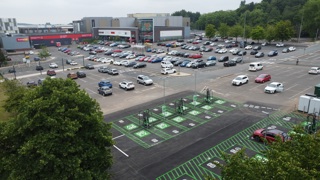
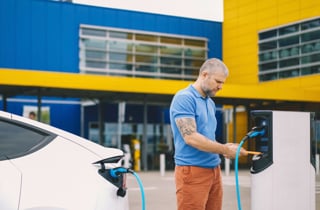
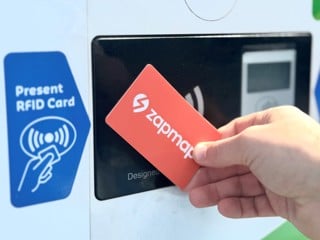



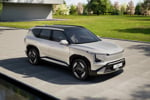


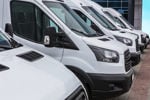



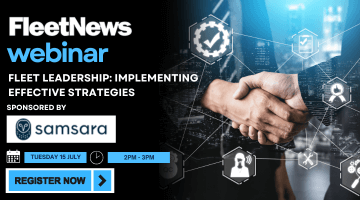

Login to comment
Comments
No comments have been made yet.